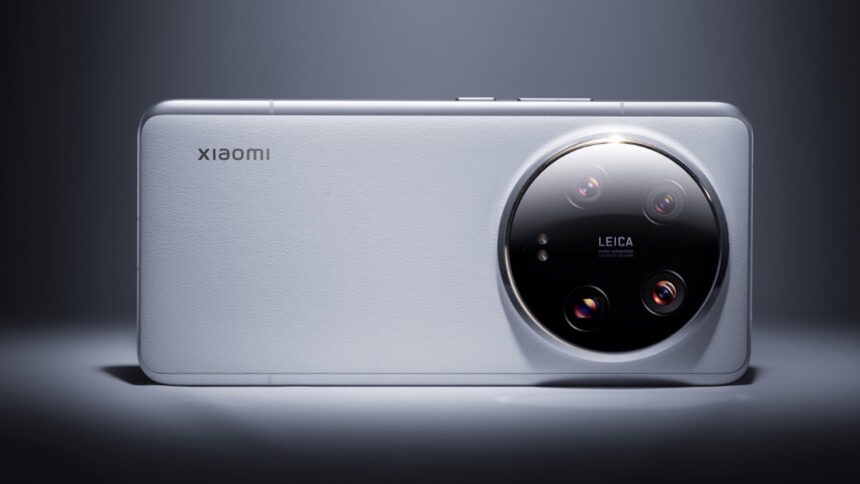With the launch of the Xiaomi 14 Ultra earlier this week in China, Xiaomi gave us a preview of what to anticipate from the massive flagship phone when it makes its global debut at MWC on February 25. One of the Xiaomi 14 Ultra’s improvements is an upgraded camera array with a quad-50 MP configuration that promises powerful, adaptable performance.
Since the Xiaomi 14 Ultra’s Chinese launch, a few early camera tests have surfaced, showing some remarkable video and photo capabilities.
One set of camera samples posted to YouTube by Techy Artist compares the Xiaomi 14 Ultra to the iPhone 15 Pro Max side-by-side in a variety of situations. Right out the gate, the Xiaomi impresses with its video prowess — an area dominated by iPhones in the modern smartphone arena. While the Xiaomi 14 Ultra’s colour reproduction looks rather pleasing across the board, it still seems to struggle with brighter shades of red and pink — something many digital sensors suffer from.
Video stabilisation is one area where the Xiaomi 14 Ultra seems to perform particularly well, easily matching the iPhone 15 Pro Max in the side-by-side test. This is an area where many modern smartphones struggle, with many flagships still producing noticeable jitter when walking or panning.
The Samsung Galaxy S24 Ultra (curr. $1,299.99 on Amazon) also offers impressive camera performance.,
Another camera demonstration, this time uploaded to YouTube by Alpha Tech, shows off the Xiaomi 14 Ultra’s zoom capabilities. Again, here the camera’s strong stabilisation performance stands out, with even a maximum zoom in video mode provoking very little jitter. Photos taken at 30× zoom are impressively sharp, while 50× starts to reveal some very mild artefacts around dark shapes on bright backgrounds.
Alpha Tech also uploaded a more comprehensive comparison between the Xiaomi 14 Ultra and the Apple iPhone 15 Pro Max, confirming the findings of the aforementioned similar comparison. The video stabilisation on the main lens again easily smoothly stabilises walking, panning, and even running just as easily as the iPhone, if not better.
The ultra-wide sensor is also put on display in this test, with results here being less cut and dry. While the wide-angle lens captures sharp, smooth video, there are some slight hitches in the late-afternoon scene, but overall image quality is impressive and colours appear consistent with the main lens, once again matching the iPhone in this regard.
One of the only other phones to offer iPhone-like video stabilisation is the Asus Zenfone 10 (curr. $599.99 on Amazon).
While it’s impossible to completely gauge image sharpness in a YouTube video, still images in both Techy Artist’s and Alpha Tech’s videos look sharp, with the Xiaomi 14 Ultra’s large sensors proving solid background separation and realistic colour reproduction. Even during challenging situations, like shooting into the sun, the Xiaomi 14 Ultra seems to deliver pleasing results with detail in both the bright highlights and the shadows of the image, despite the drastic lighting differences across the scene.
In low-light scenes, where many smartphone cameras quickly fall apart, the Xiaomi 14 Ultra again seems to hold its ground, with samples from both reviewers delivering well-controlled highlights and shadows as well as sharp details with plenty of colour on display. There seems to be very little noise in the Xiaomi 14 Ultra’s low-light images, too.
It shouldn’t be a surprise that a nearly-$1,000 smartphone, like the Xiaomi 14 Ultra, performs well across a variety of scenes, but there was a long period in smartphone history during which Chinese smartphones were still behind the market leaders, like Samsung and Apple.





